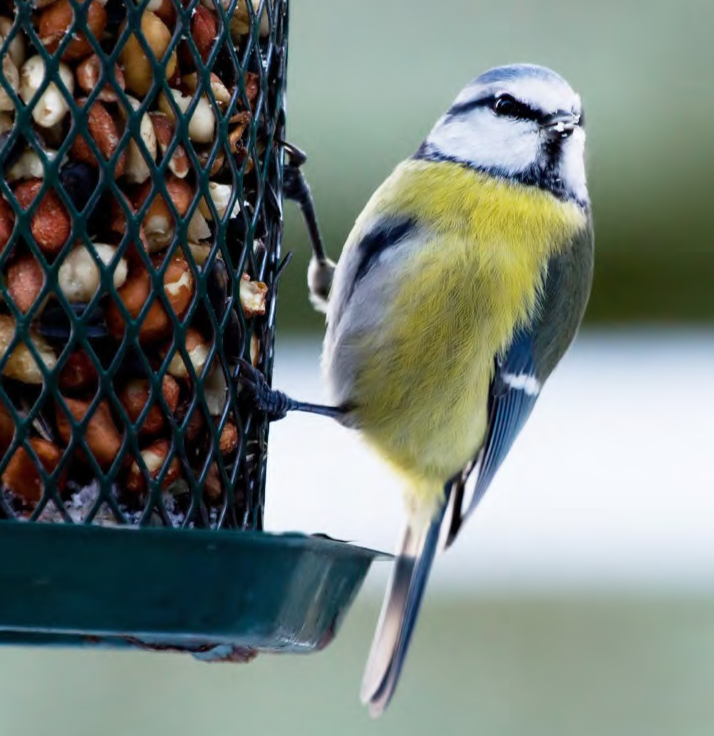Wild Bird Products to Hit $2.2B by 2021
Pet Age Staff //July 11, 2018//
Pet owners love their birds, but a growing number of Americans are finding love for the birds outside, too. More people are feeding and taking care of wild birds that live around their home. In fact, the market for wild bird products is projected to reach $2.2 billion by 2021, according to a new report, “Wild Bird Products: U.S. Pet Market Trends and Opportunities,” from Packaged Facts. The market includes packaged seeds, nuts and seed blends, suet and nectar, and non-food products such as feeders, houses and baths.
The Packaged Facts report finds that pet owners, regardless of the type of animal they have, are much more inclined to feed wild birds than non-pet owners. Packaged Facts also reports that the pastime is becoming more popular across all adult age demographics, with 57.2 million people aged 16 and older participating in 2016, up 8.6 percent from 2011.
Yet even though wild bird feeding attracts has wide appeal, age is a significant factor in identifying people who have affinity for the activity: older Gen X adults and baby boomers are the two generations that are most likely to feed wild birds. While the millennial generation may not be currently feeding wild birds as their older relatives, many millennials own pets; with this in mind, millennials may begin feeding birds at a younger age than individuals from previous generations.
Yes, bird feeding skews older, but marketers can point to the hobby’s low barriers to entry: doesn’t take a lot of time and the costs are minimal, compared to other animal/pet-related activities. There is the challenge of having access to the outdoors; that is, younger people are more likely to live in an apartment or condo. But even in those dwellings, people can attach feeders to windows and balconies. Developing “cool” products for bird feeding could help the industry attract new participants and shed the reputation it has for being a “retirement” pastime.
“The great thing about wild birds is that they’re everywhere and they do their own thing; you don’t need to have a large, outdoor space to accommodate them,” says David Sprinkle, research director for Packaged Facts. “Products that promote the natural aesthetic of wild bird feeding, but also don’t take up too much space, can let younger people who live in apartments and townhouses in on the fun.”
Packaged Facts reports that 70 percent of wild bird enthusiasts use at least some private label wild bird foods and that an increasingly wide variety of stores are beginning to produce their own wild bird food “store brands” to gain access to the market. Wild bird food and other products can be found in a range of retailers, from supercenters to hardware stores, to pet shops. The report found that it’s the rare consumer who buys products directly from a wild bird product specialist. This lack of market dominance by specialty stores and brands provides retailers with a strong incentive to maintain a solid portfolio of wild bird products, including their own brand, to entice consumers to buy while they’re already in the store.
“Wild Bird Products: U.S. Pet Market Trends and Opportunities” forecasts market growth for wild bird food and non-food related wild bird accessories. The analysis tracks the growth of the most popular types of wild bird food and wild bird products for American consumers, assessing the impact population demographics like age, race, pet-ownership, location and home ownership have on wild bird food and product purchasing trends.



















